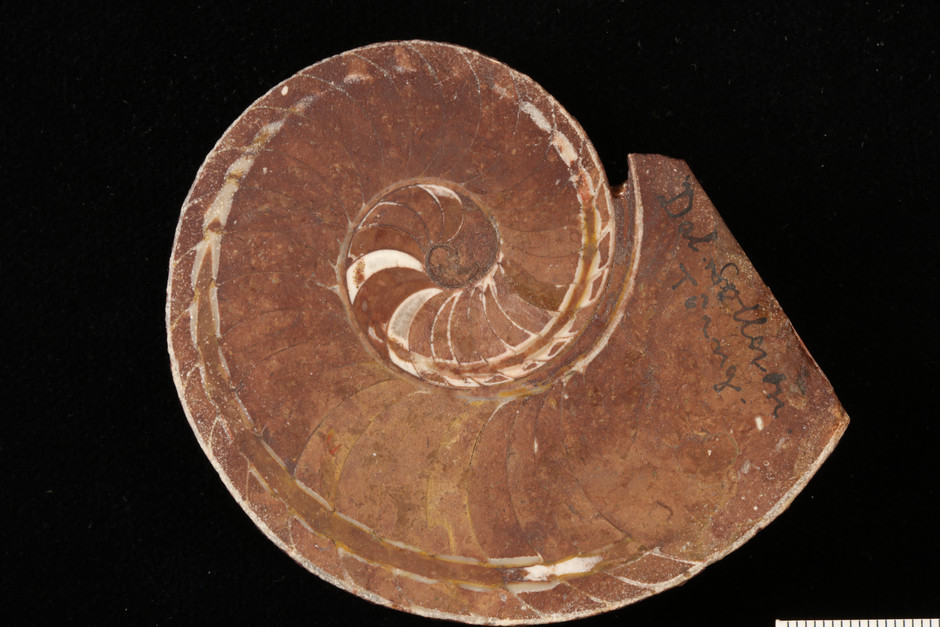The Ordovician of Dalarna
During the Ordovician period (480-445 million years ago), Sweden formed part of the Baltica continent, which was located in the southern hemisphere near the equator. Hence, the invertebrates from the Swedish Ordovician lived in tropical, warm seas.
Around 42,000 Ordovician fossils from Dalarna are registered in our database and the majority have been collected during the first half of the 20th century. All the animal groups that usually can be found at tropical coral reefs from Palaeozoic times are represented in the collection from Dalarna. These are mainly trilobites and other arthropods such as crustaceans (ostracods), brachiopods, bivalves, gastropods and cephalopods. Other common fossils represent corals, echinoderms (sea lilies and cystoids) and bryozoans.
Trilobites and brachiopods are the most abundant, closely followed by cephalopods, corals and echinoderms.

